Hollow Knight: Silksong doesn't need to be perfect to be one of the best games of the year
The measure of a great game isn't about the inability to say negative things about it
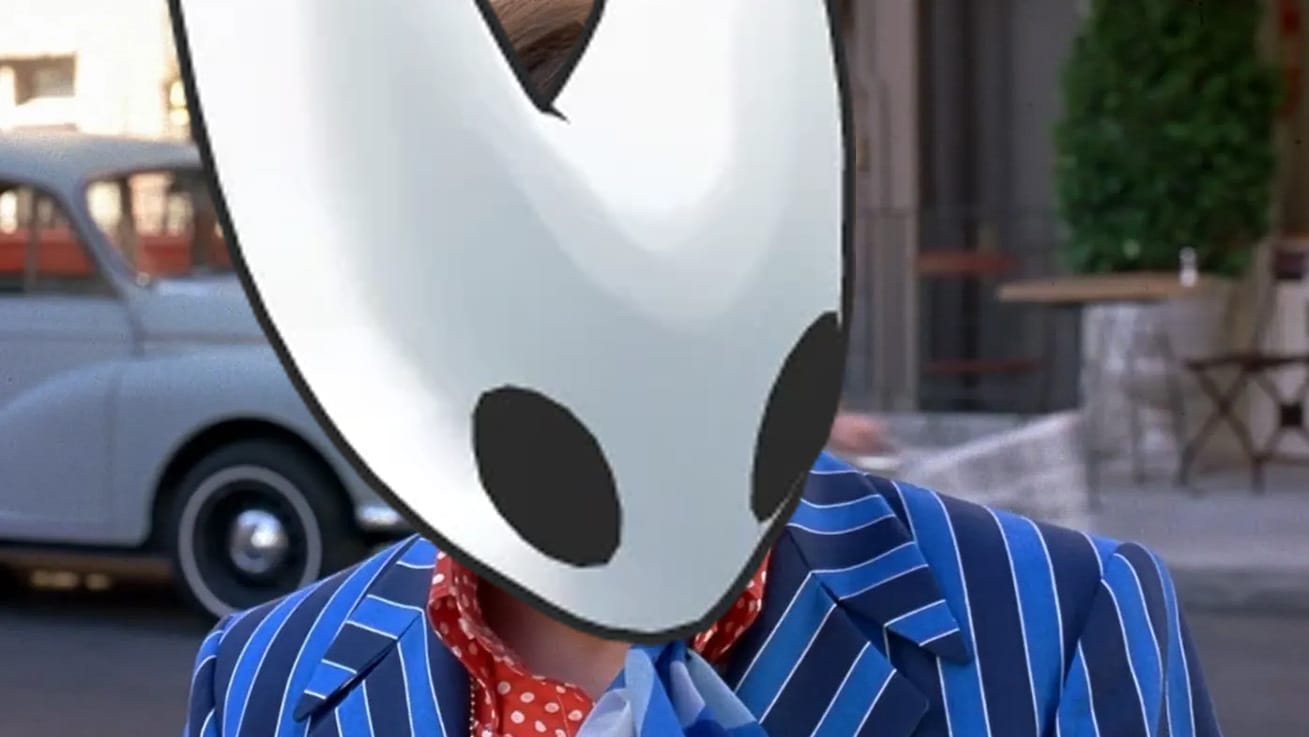
I never really got Hollow Knight.
I played it. I beat it. I thought it was a pretty good Metroidvania game. The fervor that surrounds it is still a little surprising to me, but I’m fully willing to admit that it’s a beautiful game that just never clicked for me personally. As such, my desire for Silksong to finally manifest was similar to my desire for Half-Life 3: I don’t really care about it, but I want other people to be happy and also maybe to finally shut the fuck up about it for a bit.
Still, I dove into Silksong out of curiosity — both personal and, obviously, professional — and found myself repelled toward the end of almost every early session I played. Yet I persisted, be it out of stubbornness, intrigue, or just a deep need to understand what people like so much about this goddamn thing.
I have now emerged from the other side of the game’s true ending and its brutal final boss. And I think I can finally say that I “get it.” I loved Hollow Knight: Silksong by the end. But I’m unwilling to give it slack for the misery that I inflicted upon myself to keep going — misery that I would, largely, encourage others not to experience. And yet, Hollow Knight: Silksong isn’t just one of the best games of 2025 — a year that’s already absolutely stacked — but one of my personal favorites.
And so, through Silksong, I’ve been wrestling with an idea that I’ve always known, but still fall victim to: Silksong doesn’t need to be a perfect game to be one of the best pieces of art to come out of 2025.
Fuck this game
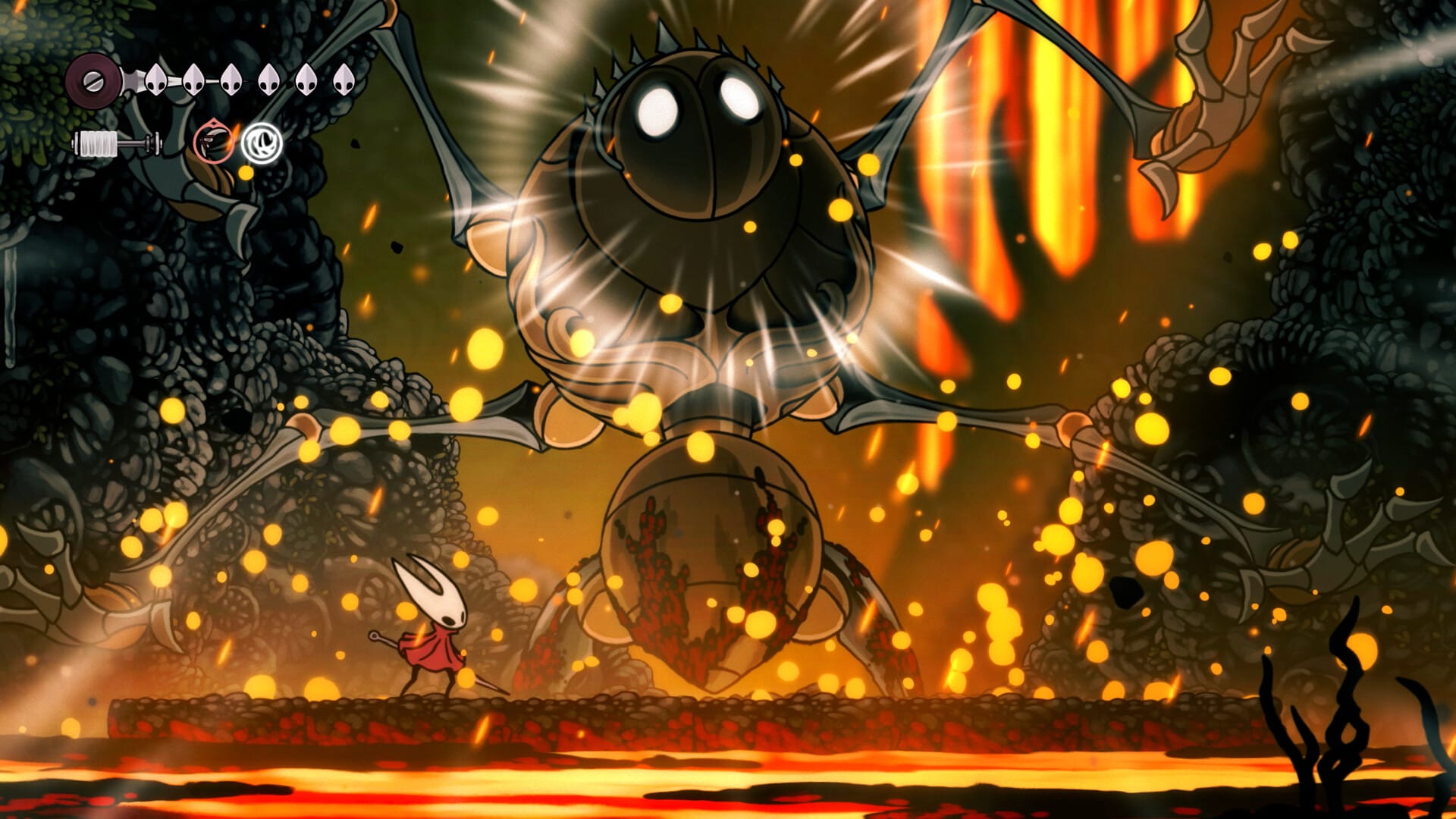
The thing about Hollow Knight: Silksong is that it’s horseshit.
Almost from the very beginning, it just has a deep-seated interest in punishing you for attempting to enjoy it. The game’s first act is an exercise in frustration, as Hornet is powerless, weak, and slow. She gives off the same acrobatic grace she had in the first game, but with none of the power behind it that made her fearsome.
Metroidvanias often feel clunky to start, making the contrast as you get more powerful feel even better. Sprinting through whatever exploding station you’re trying to escape at the end of any given Metroid game, blasting your way through foes and gravity beaming onto platforms feels incredible because you remember barely being able to get through a hallway in the opening hours.
Silksong, like Hollow Knight before it, is interested in that feeling, but at an excruciating pace. Victory over one of the game’s torturous bosses or lengthy gauntlets is often met with less than a pat on the ass. There is no morph ball waiting for you in the next room, but there might be a bench that’s actually trapped so that it kills you when you sit on it for the first time. I spent hours not feeling rewarded for my struggle, and even as I grew to love the game, temporary relief was often my only reward in Silksong.
A policy from my old gig that I try to maintain whenever possible is that I’m not a game developer and don’t know how to make video games, so I like to refrain from overly detailed suggestions or evoking phrases like “bad design.” But Team Cherry really pushed it for me in that department. And while I won’t make those definitive judgement calls here, I will say that I finished many sessions, even after defeating a boss, turning my recording off and asking, “what the fuck am I doing still playing this?” — a sentiment that many, perhaps wisely, decided to listen to.
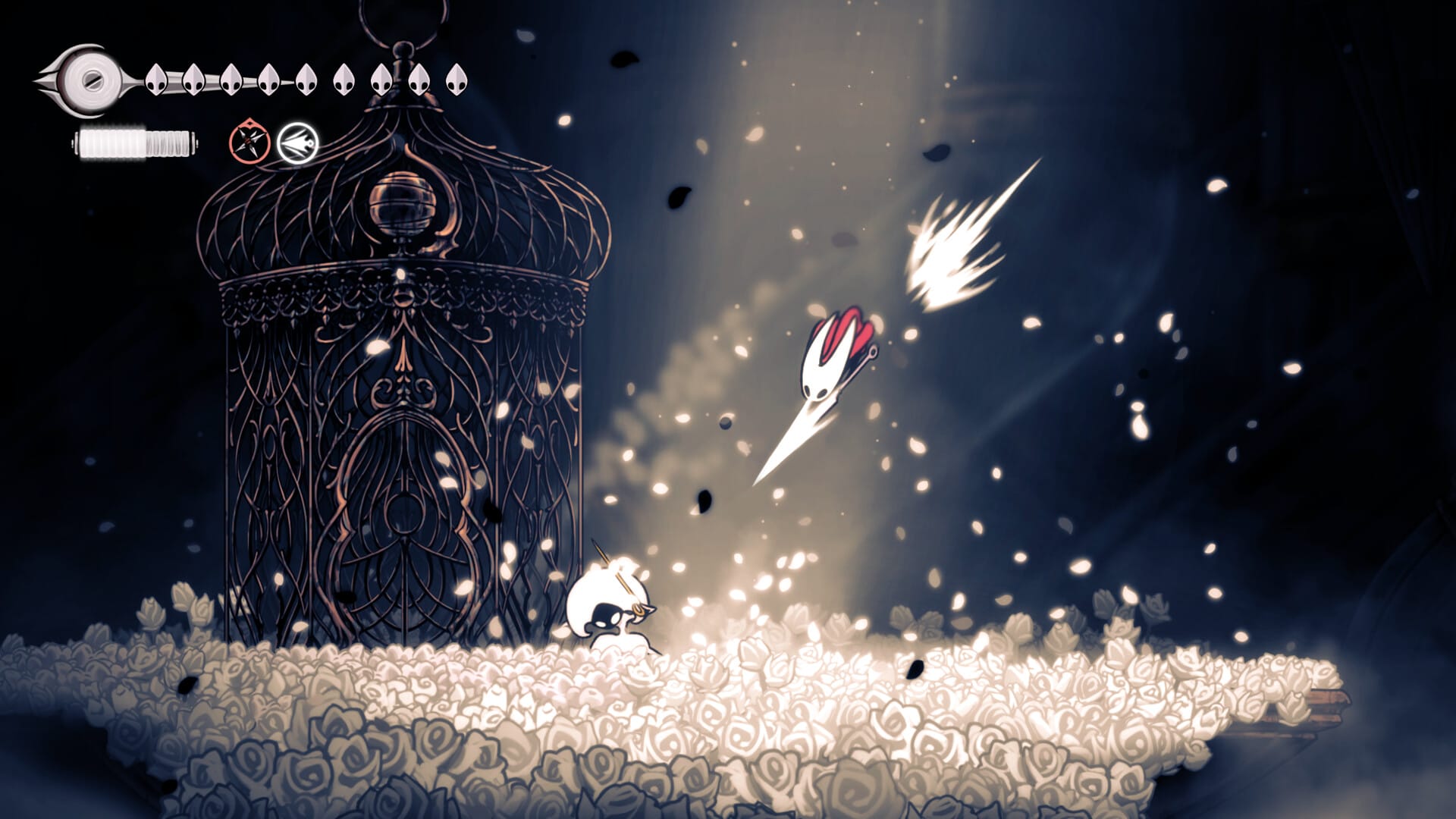
But what I originally viewed as self-indulgent or overly isolated when it came to Team Cherry’s development philosophy started to open up as I not only got better upgrades, but got better at the game. Once I simmered down a bit and progressed further, it became very clear that Team Cherry did not build this game for me. They didn’t build it for you. And they didn’t build it for the OG Hollow Knight perverts.
They built it because it’s what they wanted to build, and that is one of the strongest guiding principles for making art. You don’t make your art for others, you make it for yourself, and you’re lucky when others see the same value in it that you do.
This realization helped guide me through the game’s second act, which came after what I would call my lowest point: The Last Judge. If you’ve heard that name but haven’t fought them, The Last Judge is the (technically a, since there is a different route) gatekeeper boss for The Citadel, where the game’s second act takes place. And they’re a big, mean, fiery boss.
But the reason so many people hate The Last Judge — the reason I hate them — is because of the “runback” between the game’s closest bench and the boss arena. Every time you lose to The Last Judge, you need to sprint through a dangerous zone and pogo your way around the environment. It isn’t hard, it isn’t even that long, but it’s tedious.
When I fail a boss, I just want to try again to get better. Silksong has a runback problem that I, personally, find difficult to defend in any way outside of “the developers wanted it that way.” And while that is something I respect, it doesn’t mean I think it’s good.
In older Souls games (From has now learned to just put checkpoints in front of bosses, for the most part), the runbacks were the worst part, because it felt like a punishment for failure beyond just having to do the boss again — a barrier to learning from my mistakes and a true waste of time. They don’t make me better at the game. They aren’t the friction required to forge steel. They just add time onto the play clock. And I hate every single one.
Finding the beauty in Silksong
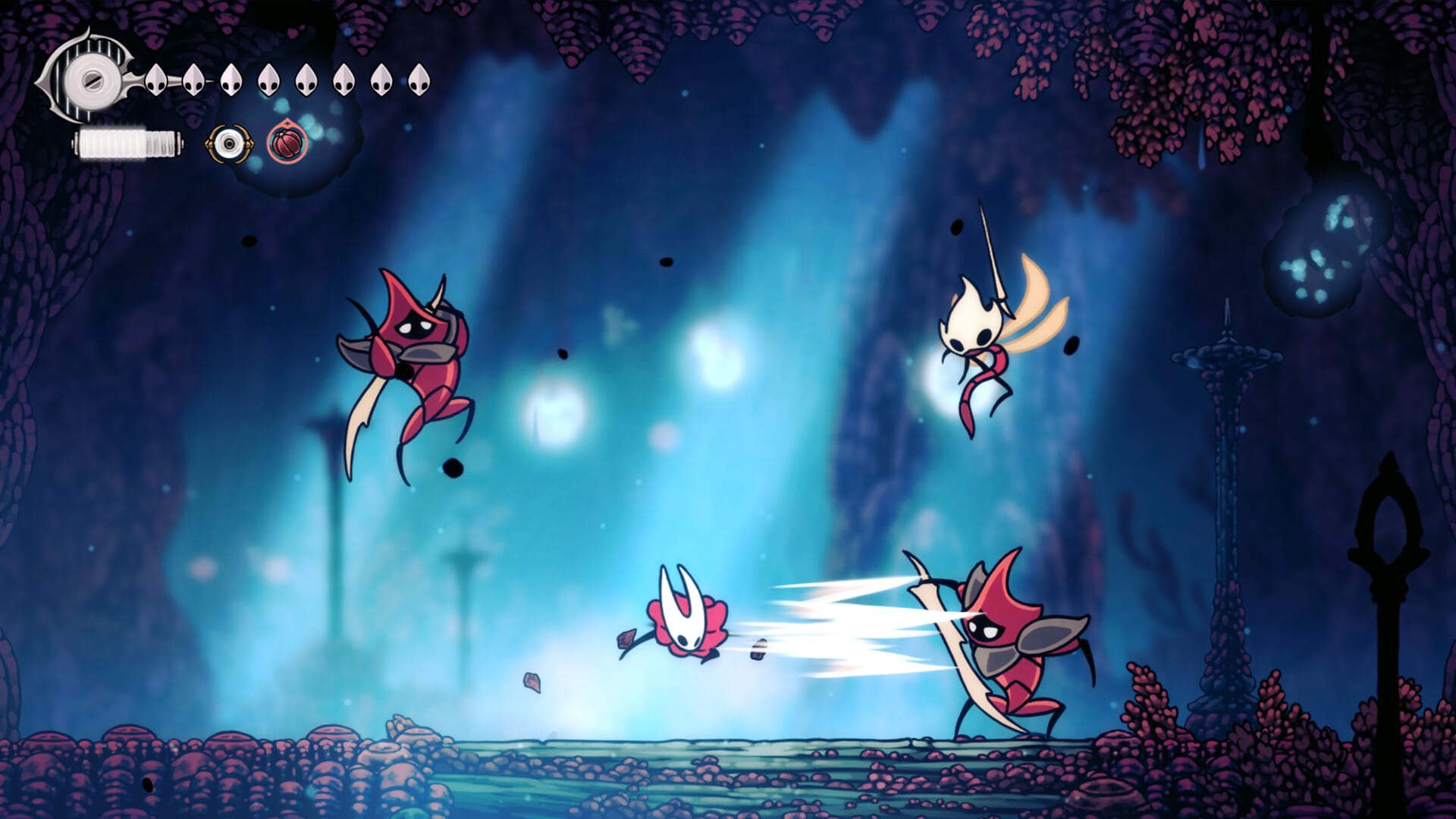
I was pretty mad walking into Act 2 because of The Last Judge and, more specifically, The Last Judge’s runback. But the very next boss I fought was Cogwork Dancers, my favorite fight in the entire game.
It’s a beautiful dance between two mechanical mantis-like bugs. They aren’t fighting you, you are simply in the way of their dance, and when they come together in the heat of battle, they stare into each other’s eyes before darting away and continuing their pattern. But when you fell one boss, the other is lost, and the fight’s third phase is against a single, toothless automaton that’s lost all purpose and simply collapses to the ground when it would normally embrace its partner. It’s beautiful, and the boss’ origins that you can explore in Act 3 make the fight’s melancholy even more devastating.
It’s this head space — the rage at something I perceive to be wasting my time and the deep beauty of the game’s art, story, and eventual flow of combat — that I’ve been sitting in since finishing Silksong. From Cogwork Dancers on, I fell deeper and deeper in love with Silksong, collecting more upgrades until I felt even more powerful than the Hornet from the original Hollow Knight. I wasn’t just scraping by anymore, I was dominating.
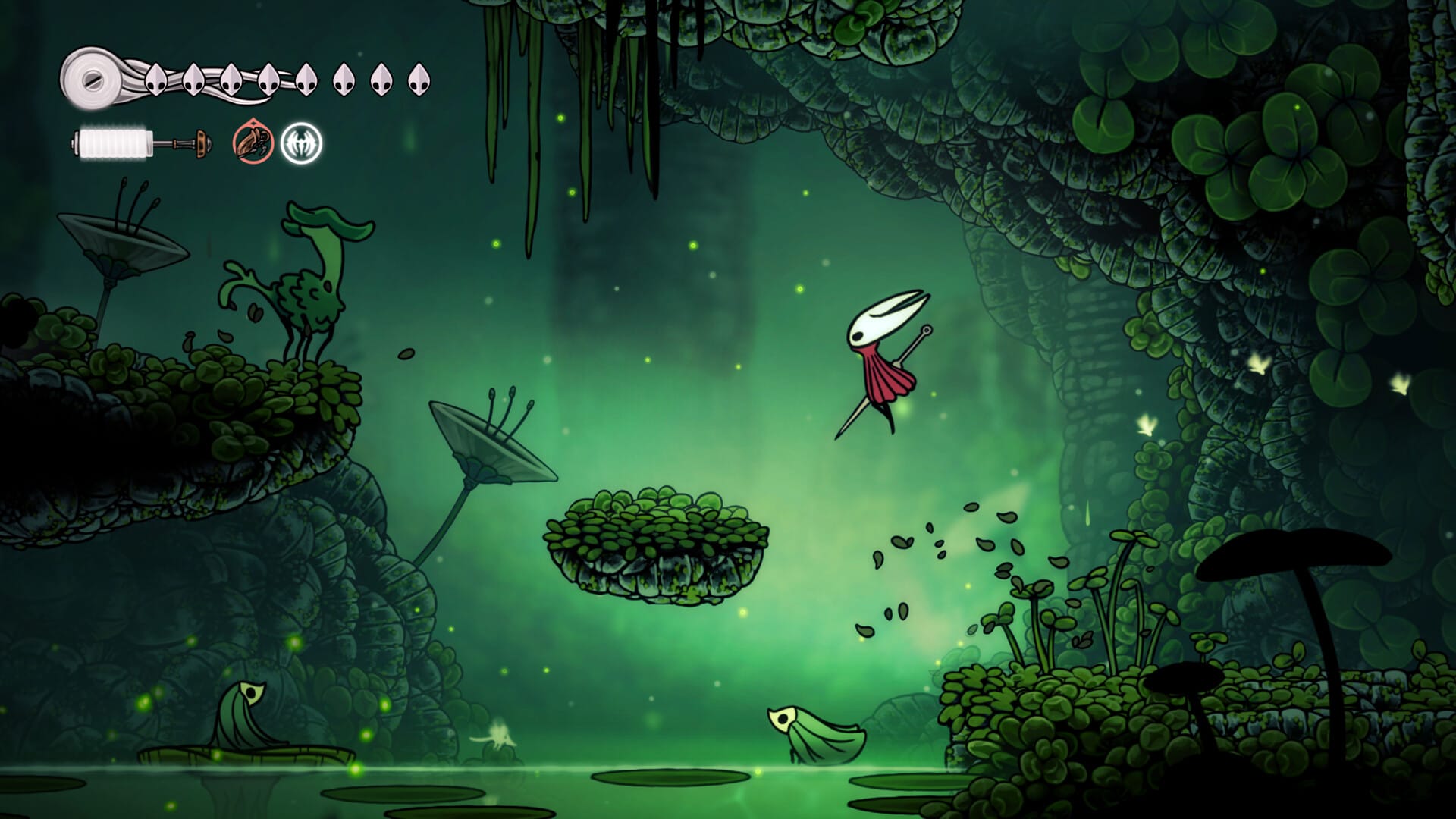
When I learned about what I needed to do to reach Act 3, I rolled my eyes for a moment and then found myself excited by the chance to fully experience this world. Because Hollow Knight: Silksong is gorgeous. The art is stunning throughout the entire game, and it makes the world of Pharloom come alive in a way that few games ever have. When Hornet is fully up and running, the movement and flow is crisp almost beyond comparison. It’s a world worth defending, both in the noble in-game sense, and to gamers who are pissed off by it.
And so I’ve been wrestling with this truth that I have far more negative to say about Silksong than positive — at least in a review setting like this — but that great art isn’t measured in points. We shouldn’t look at something beautiful and tally up the imperfections. We should stare at it until we feel something or ... we don’t.
When I think about Silksong, I feel something. And it isn’t anger or frustration, it’s peace. A world of chaos, and pain, and difficulty, that I have tranquilized. And that’s a different feeling from the sense of accomplishment I get from Elden Ring, or pride in my friends for completing a Contest raid in Destiny. I just feel at peace with Silksong — despite it all, it was time well spent.
How do we balance our opinions over time?
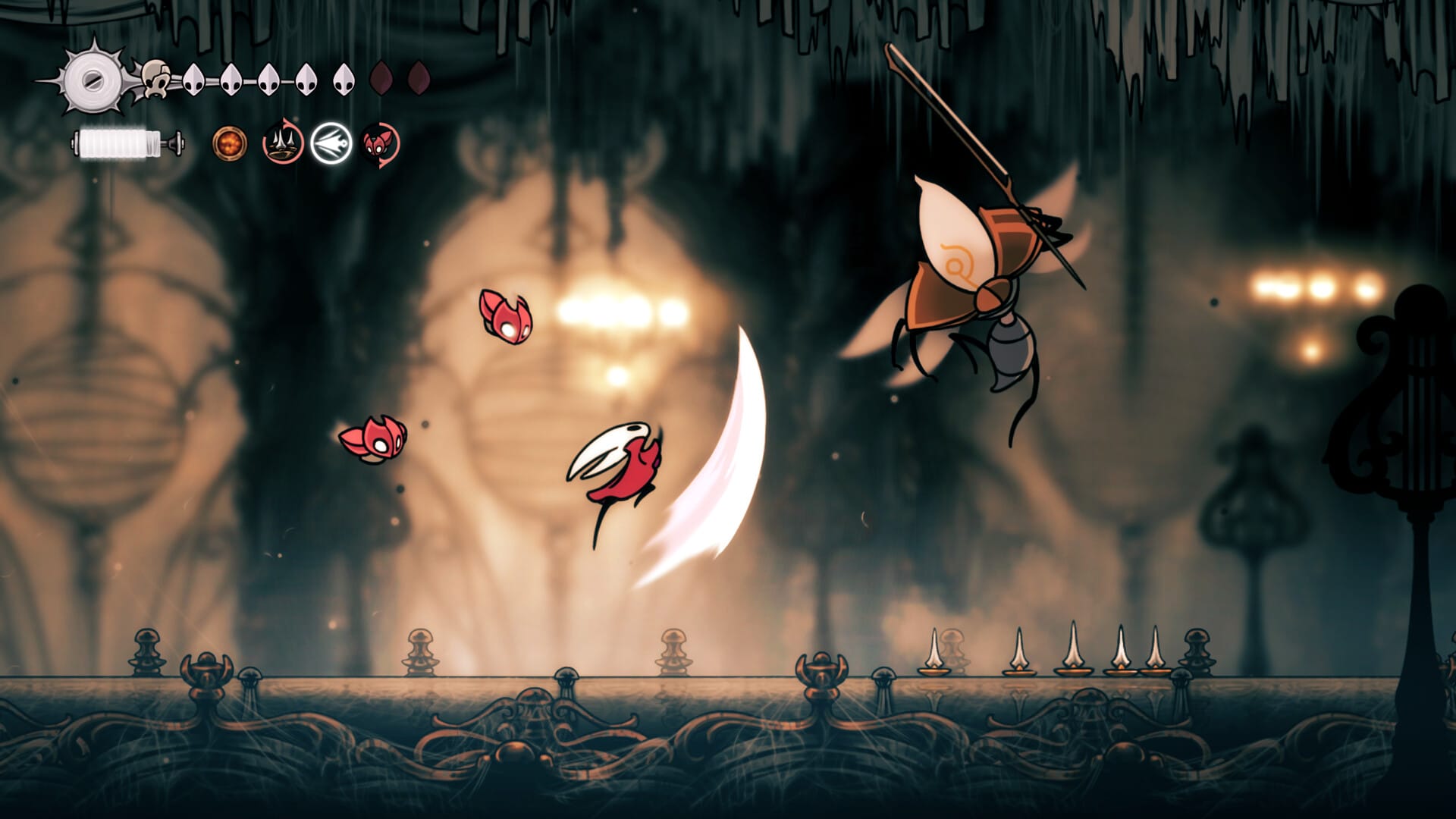
I’ll now make the mistake of continuing on from what should be the end of this review, but I have to make good on the thumbnail.
I grew up in a pretty conservative home and went to school in a far more conservative environment. And so I missed out on some things, like early internet culture, or — most important to my journey with Silksong — the Austin Powers movies.
Give me a second now, baby.
In 2023, my wife decided to rectify this problem and expose me to Austin Powers. And I hated them. They weren’t funny to me. Filling in the context of a million quotes I’d heard wasn’t enjoyable, and when we were all done, I thought, “Jesus, what do people see in that?”
And yet over the years I’ve found myself thinking back to moments — the same moments you hear quoted all the time —and giggling to myself. I’ll see clips randomly and laugh when I was utterly stone-faced during my first showing. Austin Powers has grown on me, because it’s stupid as shit, very silly, and, it turns out, pretty funny. And while I never would’ve said I liked Austin Powers while I was watching it, I will tell you that I like Austin Powers now, despite the fact that I haven’t seen them again.
Silksong is, in that way, like Austin Powers. I didn’t appreciate a lot of it during the journey. But looking back, it just continues to grow and grow in my mind. It’s how I imagine the initial Hollow Knight fervor grew from “this game is very cool” to people screaming from the rooftops that it’s the best Metroidvania of all time. And it’s something I know I’ll fawn all over when I eventually revisit it.
But what is the real truth? The feeling in the moment or the feeling it plants in you? The journey, or the destination? Is Austin Powers dumb as shit, or a true knee-slapper comedy classic?
Is Silksong a deeply flawed game, or a masterpiece? I’m trying to get comfortable with the idea that, like so many other things: it’s both.




